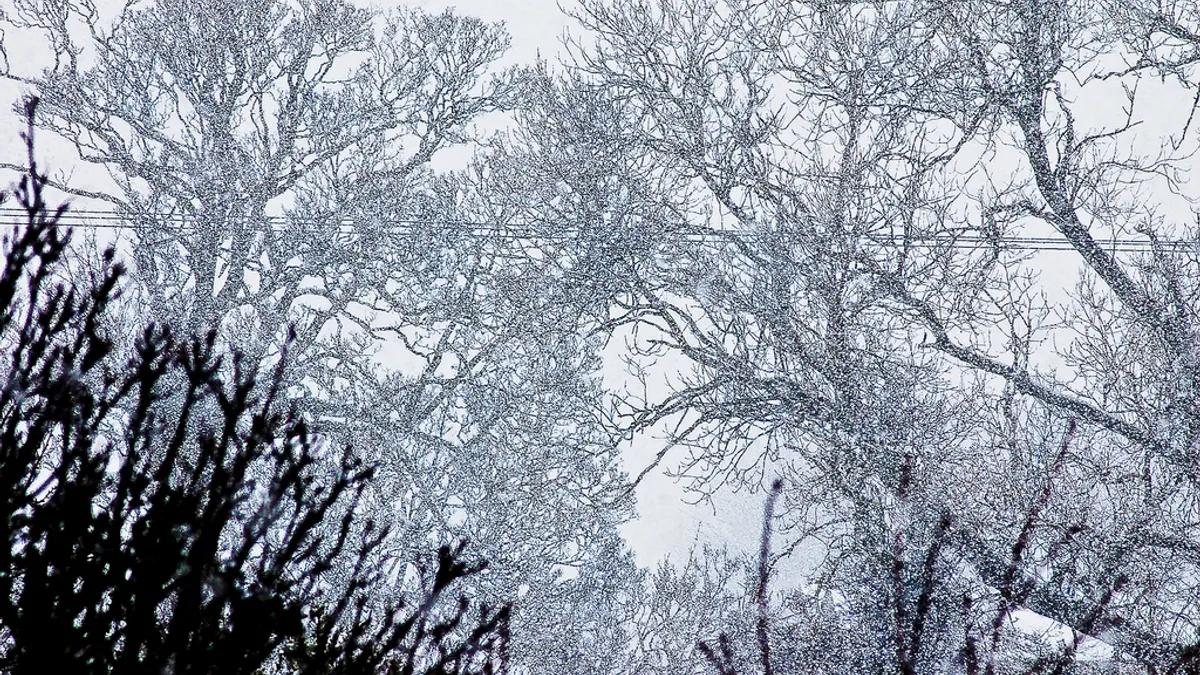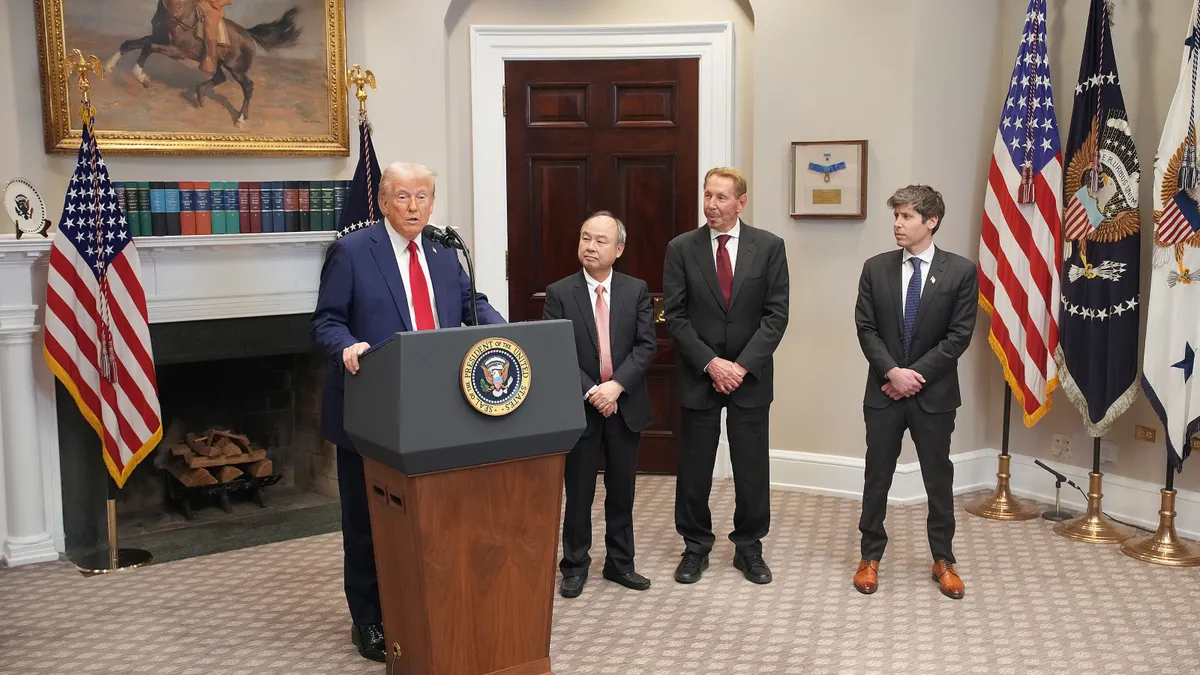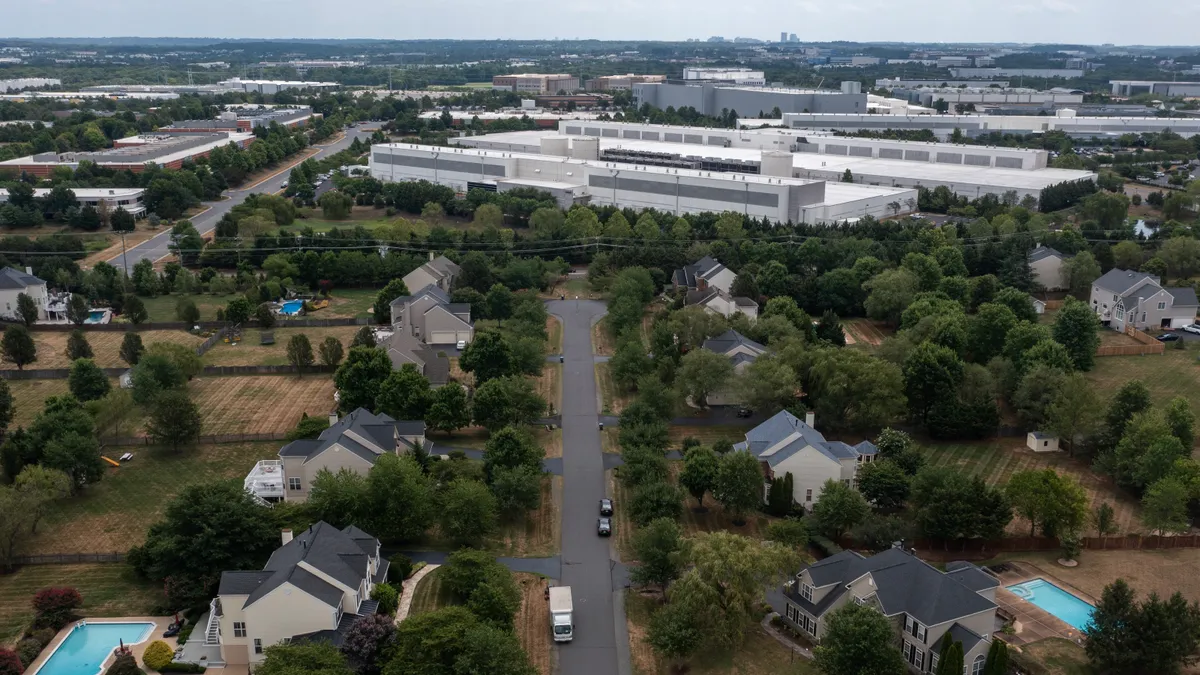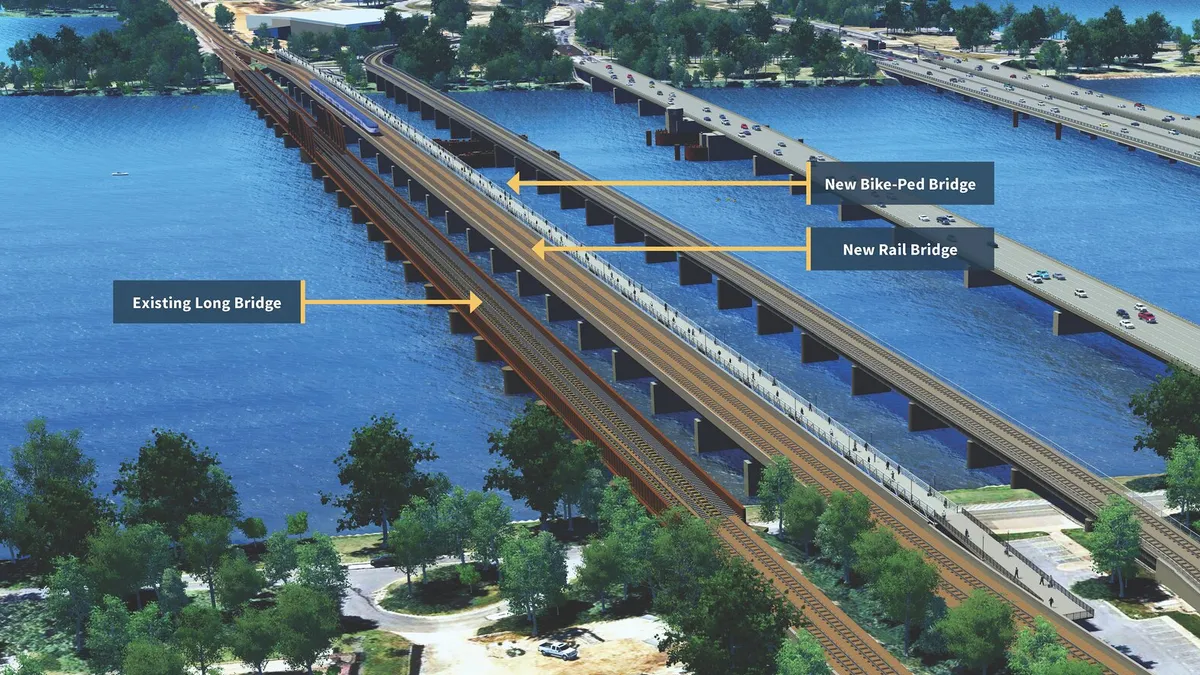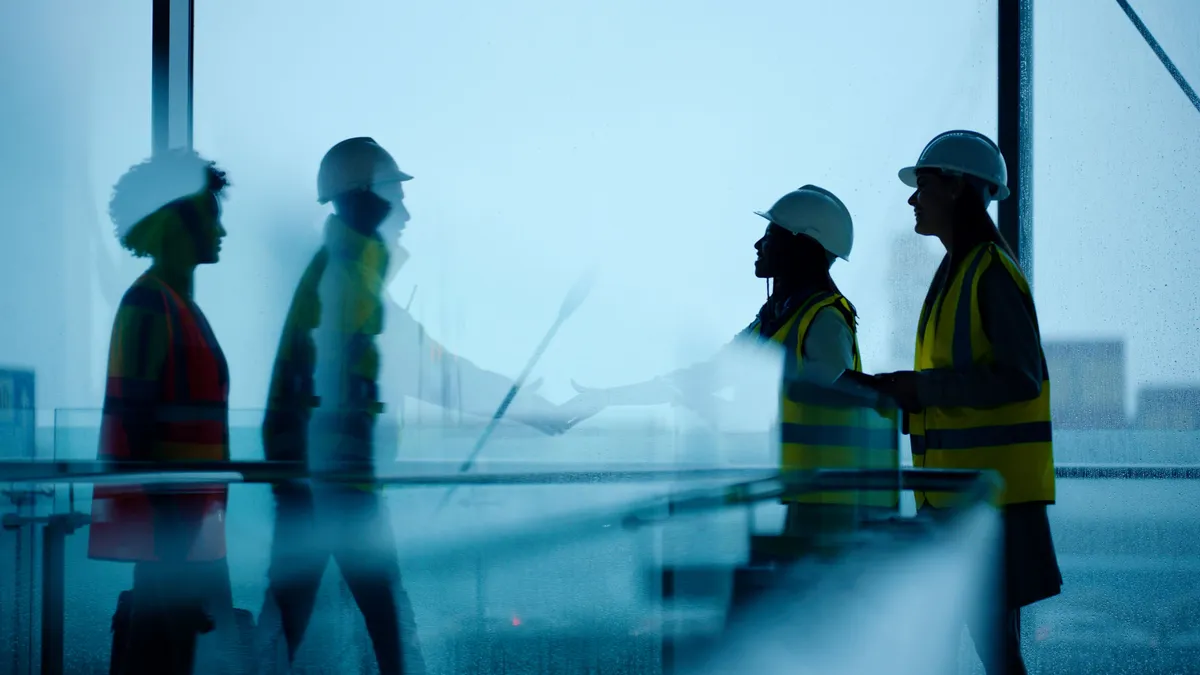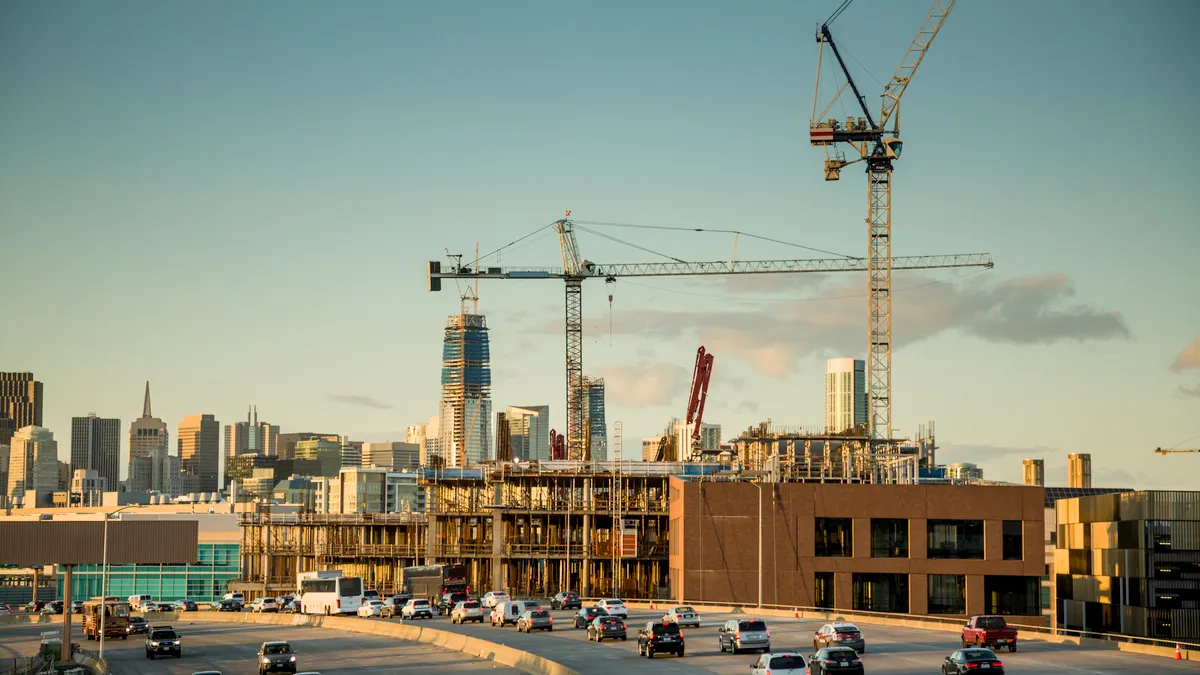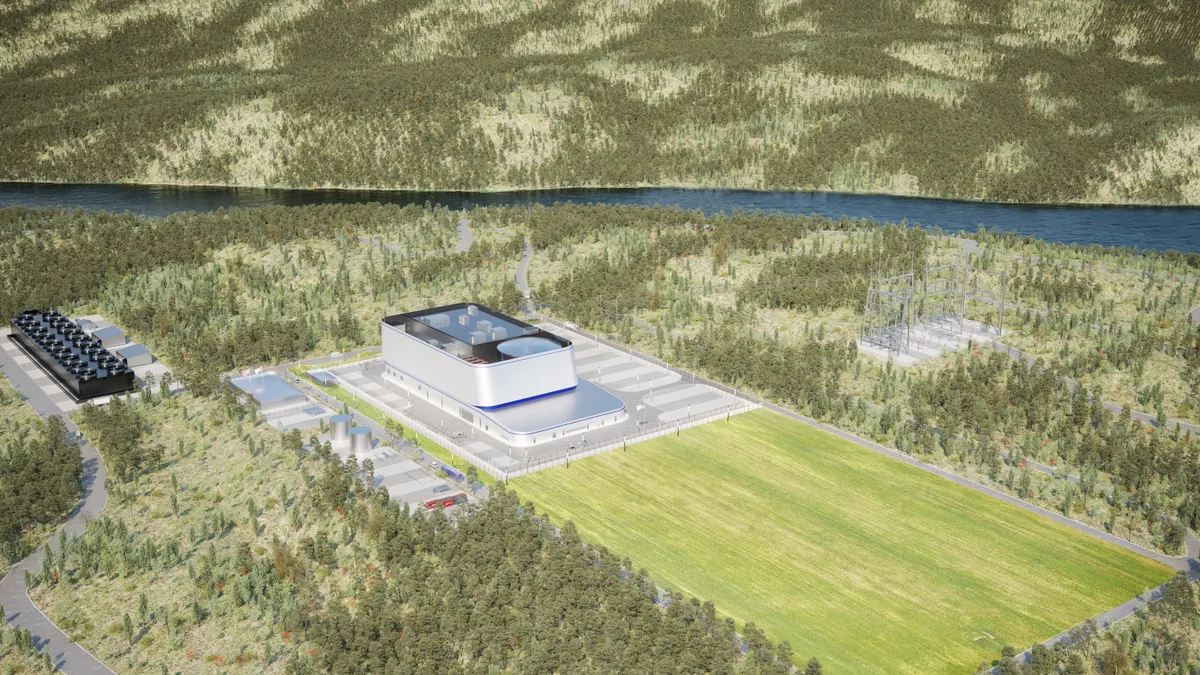Harsh, winter weather presents all sorts of challenges — commuting on icy roads, frozen water pipes, having to shovel a car out of a snow bank, and temperamental furnaces, just to name a few. However, the construction industry has its own special set of cold weather-related problems, ranging from some minor inconveniences to life-threatening risks.
Of course, there are plenty of areas of the country where winter doesn’t have as significant of an impact as it does in the Northeast or Midwest.
"Luckily in Texas," said Brian Webster, vice president of KWA Construction in Dallas, "we don’t have a lot of ground heating equipment or tenting facilities that we have to build. There are enough sunny days that you can work normally. It may be a little colder, but it’s not dangerous to work in."
Webster said this year, the challenge has been the rain, and Texas has set all kinds of records in that regard. As of Nov. 30, Dallas-Fort Worth International Airport reported 58.78 inches of rain so far for 2015, more than 60% higher than the typical annual rainfall.
Big projects in extreme weather
However, for those contractors not as fortunate as their warm-weather counterparts, the 2014-2015 winter was a constant struggle. For Buffalo, NY, contractor LPCiminelli, it was a tale of two projects.
LPCiminelli Executive Senior Vice President Frank Ciminelli II said the company’s two major Buffalo-area projects — the $900-million SolarCity plant and the new University at Buffalo School of Medicine and Biomedical Sciences building — were both impacted by a record-setting snow event in November 2014 and bitter cold in January and February. Both projects felt the impact, Ciminelli said, but one more so than the other.
The medical school building, unlike the SolarCity project, required more extensive concrete work — two-story foundations and high concrete walls — in the face of subzero temperatures, according to Ciminelli.
He also noted that the delivery model of each project had a significant impact on the company’s ability to take action in response to winter weather. LPCiminelli is the design-builder on the SolarCity project, but plays a more traditional general contractor role on the medical school building.
"We had the luxury of controlling design and deliverables (on the SolarCity project) and expediting decisions in order to make sure that we could proactively avoid (the consequences) of winter." On the medical school project, however, he said that, as the general contractor, the company is "at the mercy of somebody else's timetable."
However, so far this year, according to Ciminelli, the Buffalo area is close to breaking another record — the longest period without measurable snowfall.
For Marty Turner, senior project controls manager at engineering and contracting firm CH2M, winter 2015-16 has already arrived on the site of his current project in Chicago. CH2M is a consultant to the Illinois Department of Transportation on its Elgin O'Hare Western Access, a major east-west corridor connecting the northwest suburbs of Chicago to the Chicago O'Hare Airport. The project saw 6"-8" of snowfall last week, although rain and subsequent temperatures in the 40s have melted it off already, Turner said.
Until the recent snowfall, "construction, including paving for roads and bridges, was able to run into the middle of November," Turner said. In fact, "a mild fall allowed construction to regain some of the lost productivity incurred during a very wet spring."
Safety concerns
However, the overriding concern for all companies who find themselves and their employees having to deal with extreme winter weather events is safety.
"Safety is always a big priority for our projects." Turner said. "For the most part, though, our crews and project teams are accustomed to working in these conditions and are equipped to handle it." Turner said CH2M addresses seasonal topics like slips, trips and falls due to icy surfaces with employees and provides commonsense advice like layering clothing and coverings to protect against exposure.
Webster said although it is rare that weather prevents his Texas crews from working, KWA always keeps a close eye on weather conditions and shuts down if necessary. "We want our people to be safe. We’re not trying to put anybody’s life at risk."
The Occupational Safety and Health Administration sets out winter safety procedures and emphasizes employee training, implementation of engineering controls and warm clothing.
OSHA also encourages employers to implement safe work practices including:
- Providing workers with the proper tools and equipment
- Developing work plans that identify potential hazards and the safety measures that will be used to protect workers
- Scheduling jobs that expose workers to the cold weather during the warmer parts of the day
- Limiting the amount of time spent outdoors on extremely cold days
- Providing warm areas for use during break periods
- Providing warm liquids (no alcohol) to workers
- Monitoring the weather conditions during a winter storm, having a reliable means of communicating with workers and being able to stop work or evacuate when necessary
- Having a means of communicating with workers, especially in remote areas
- Knowing how the community warns the public about severe weather: outdoor sirens, radio, and television
OSHA’s cold-weather tips for employees include:
- Know the symptoms of cold stress
- Monitor your physical condition and that of your coworkers
- Dress appropriately for the cold
- Stay dry in the cold because moisture or dampness, e.g. from sweating, can increase the rate of bodily heat loss
- Keep extra clothing handy in case you get wet and need to change
- Drink warm sweetened fluids (no alcohol)
- Use proper engineering controls, safe work practices, and the personal protective equipment (PPE) your employer provides
Worse than snow?
Ciminelli said the biggest danger his employees face in the winter is the cold rather than snow, particularly icy wind chills. "I'll take snow over that bone-chilling subzero temperature all day long, especially when you're out in the open with no means to enclose. You run out of tricks without throwing a ton of money at it."
Ciminelli might get his wish this winter as El Nino’s warming effect might also generate excess snow. He said if the cold air moves across a warmer Lake Erie, "we might have a longer, heavier snow season."
But Ciminelli added that being from Buffalo goes hand in hand with being prepared for winter, whatever it brings. "Being proactive," he said, "is the best thing you can do, and we're just engineered to be ready."


